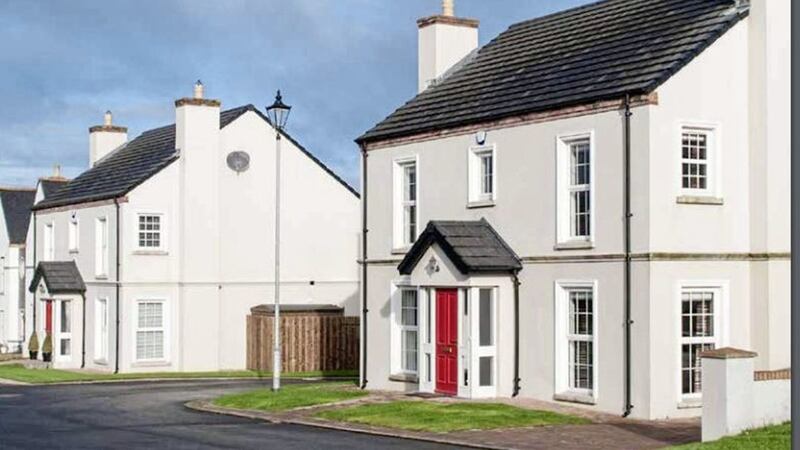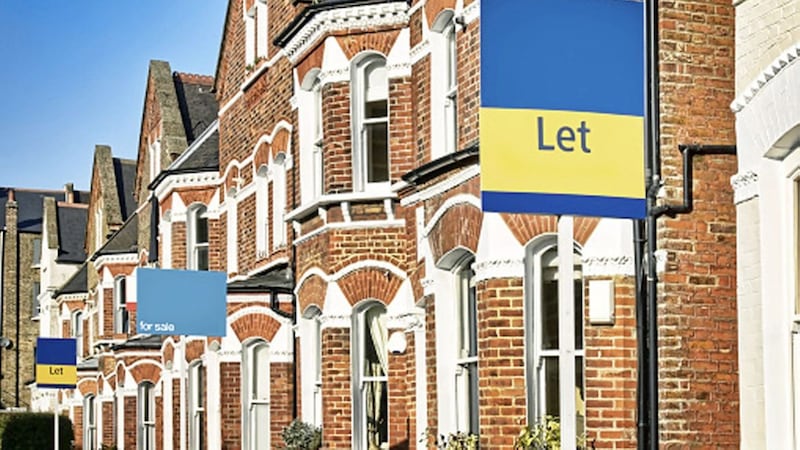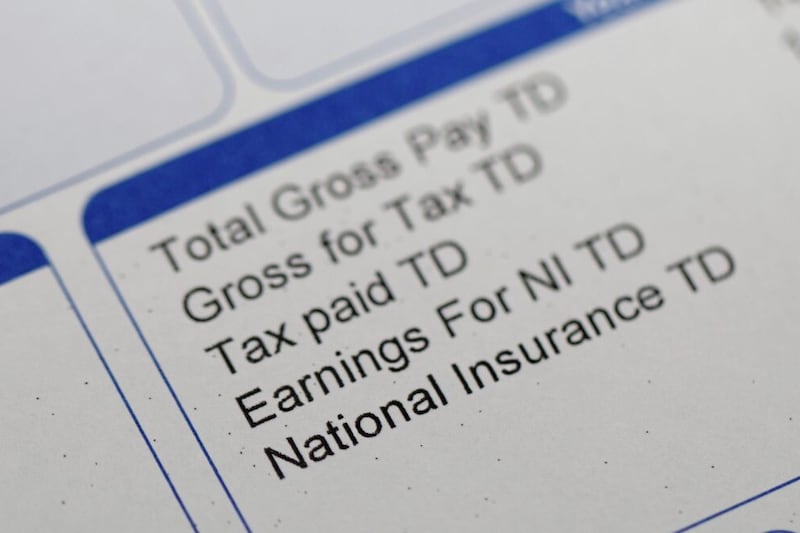A LEADING economist has warned of a slowdown in the north's housing market.
House prices have risen by 3.5 per cent in a year, according to the Northern Ireland Statistics & Research Agency.
However, in the second quarter of this year prices saw only a slight lift of 0.8 per cent - roughly in line with the UK average of 0.9 per cent.
The average house price in the north between April and June was £136,767.
House price growth in the north over the last 12 months was the second highest in the UK, behind Wales.
But Ulster Bank chief economist Richard Ramsey said warned that a slowdown in the market is already under way.
He said although prices are rising, housing starts and completions are falling quite significantly and residential property transactions were flat in 2018.
"At dinner parties and barbecues prices remain the key metric when discussing the housing market," he said.
"However, from an economic perspective, other indicators are more insightful.
"These include transactions and housing starts/ completions.
"In relation to these measures, it is clear that a housing market slowdown is already underway.
"Residential property sales hit an 11-year high of 24,656 transactions in 2018.
"However, sales growth was flat with just three more sales relative to 2017. 2019 could well bring to an end the eight-year winning streak of transactions growth."
He said although the number of housing starts rose to more than 8,000 last year for the first time since 2007, house-building has slowed this year.
"A reduction in housing supply looks to be a key theme going forward which in turn will be supportive of property prices," he said.
"Housebuilders and the wider construction industry, like other sectors of the economy, also face significant challenges (e.g. supply chain disruption, access to labour) linked to Brexit.
"Needless to say a no-deal Brexit will have a negative impact on the housebuilding sector."
The highest quarterly change was in Newry and Mourne, with prices shooting up by 4.7 per cent between April and June.
The price of homes in the area rose by nine per cent over the year - a greater increase than in any other council district.
The average cost of a home in Newry and Mourne rose to £146,350.
Of the eleven council districts, seven saw a price increase over the last quarter.
The lowest average house price was £120,226 in Armagh City, Banbridge and Craigavon and the highest was £163,466 in Lisburn and Castlereagh.
The average cost of a house in Belfast was £129,451.
However, these figures are well below the 2007 boom price of around £225,000 for the average home.
Provisional figures show 5,210 residential properties were sold between April and June. A total of around 10,000 properties have been sold this year.
Different types of property were affected by price rises.
Semi-detached and detached homes saw 4.6 per cent and 4.1 per cent increases respectively in the last year.
Terraced properties experienced an average 2.5 per cent increase while apartments saw modest growth of 0.4 per cent.







